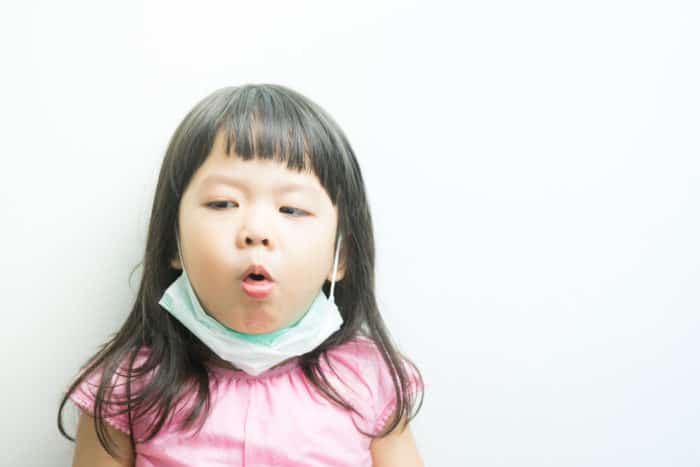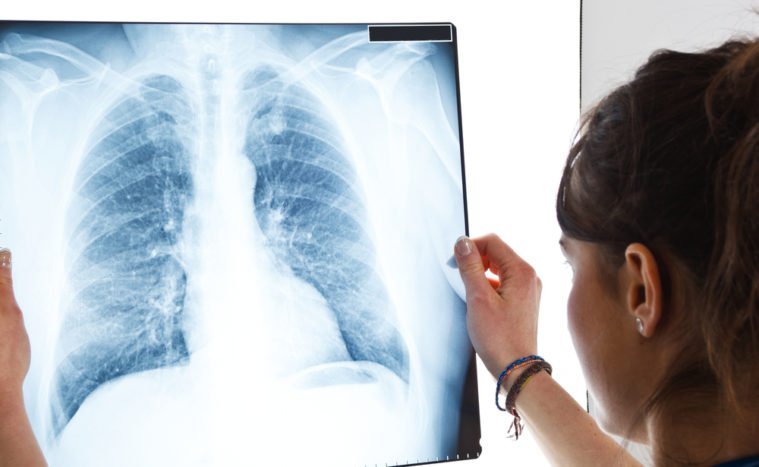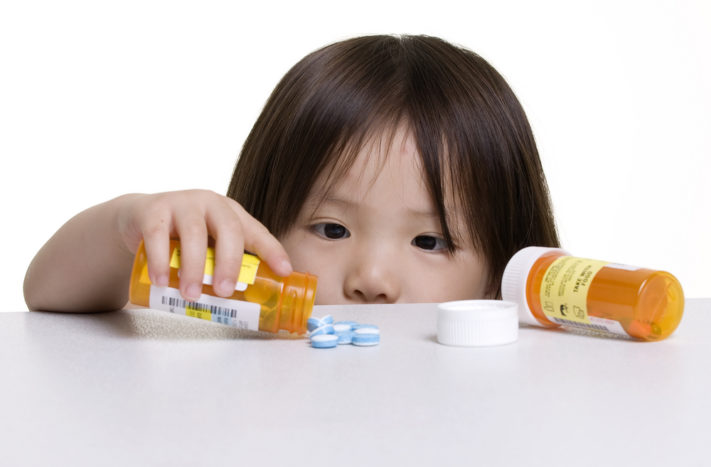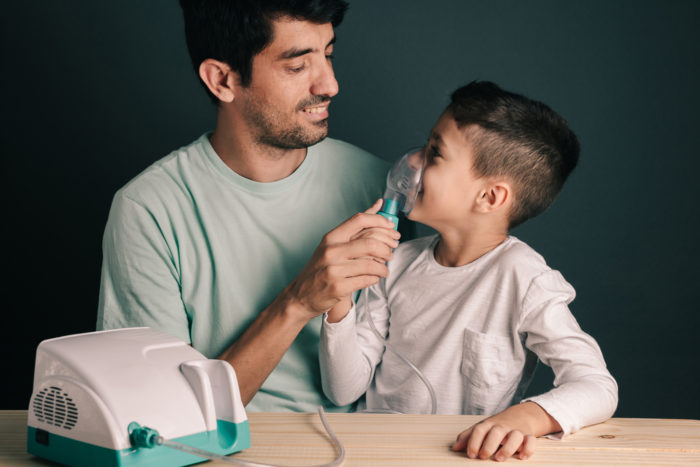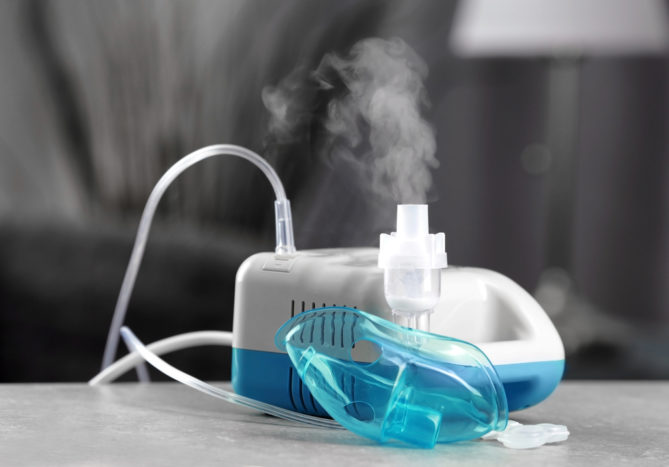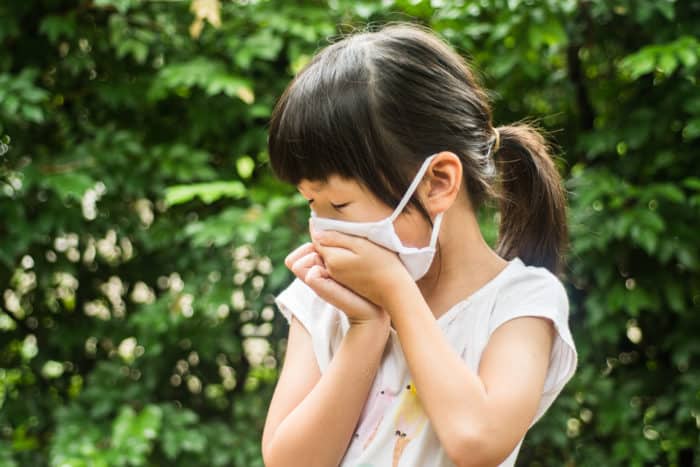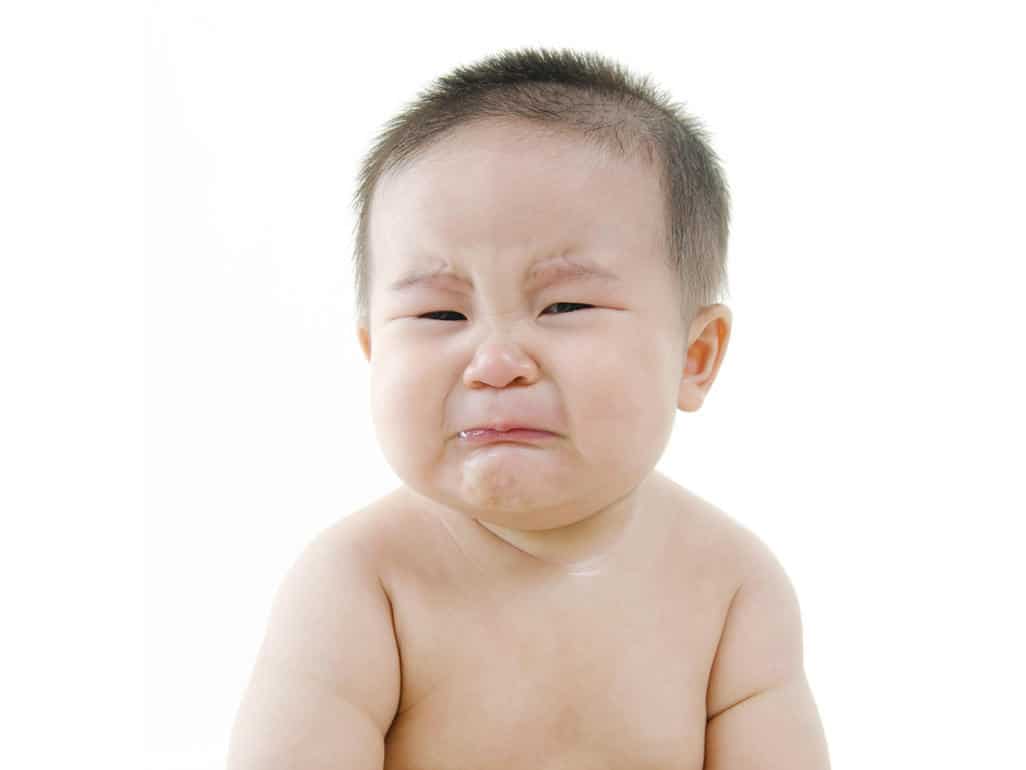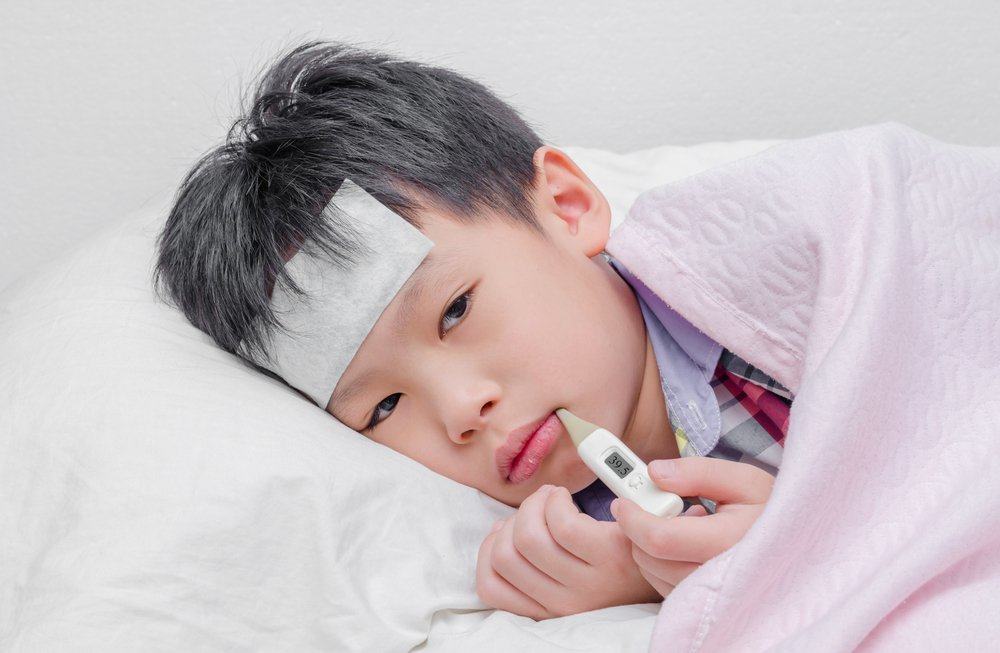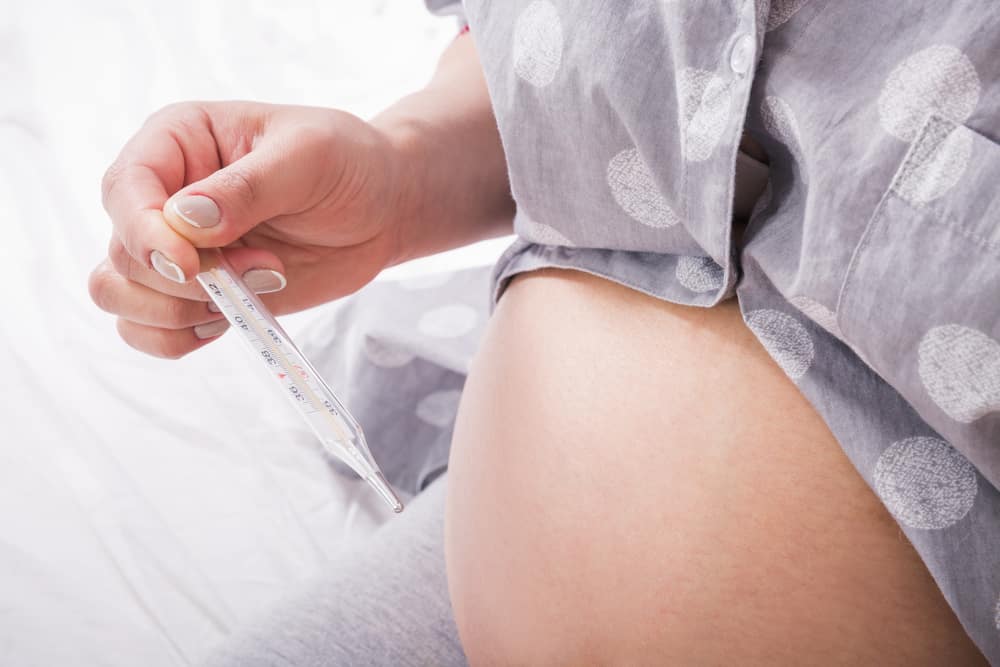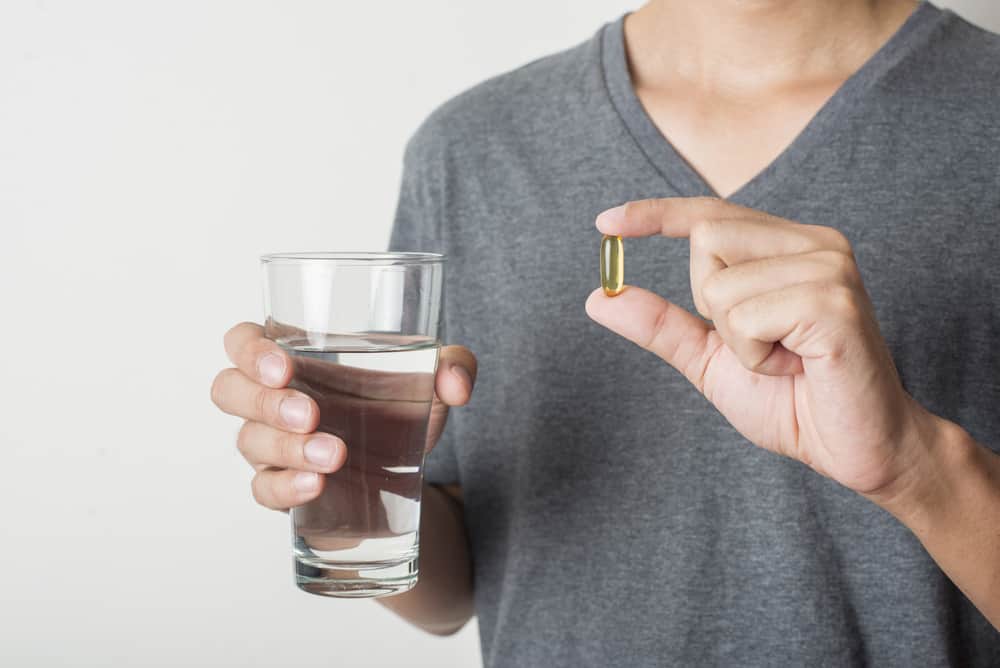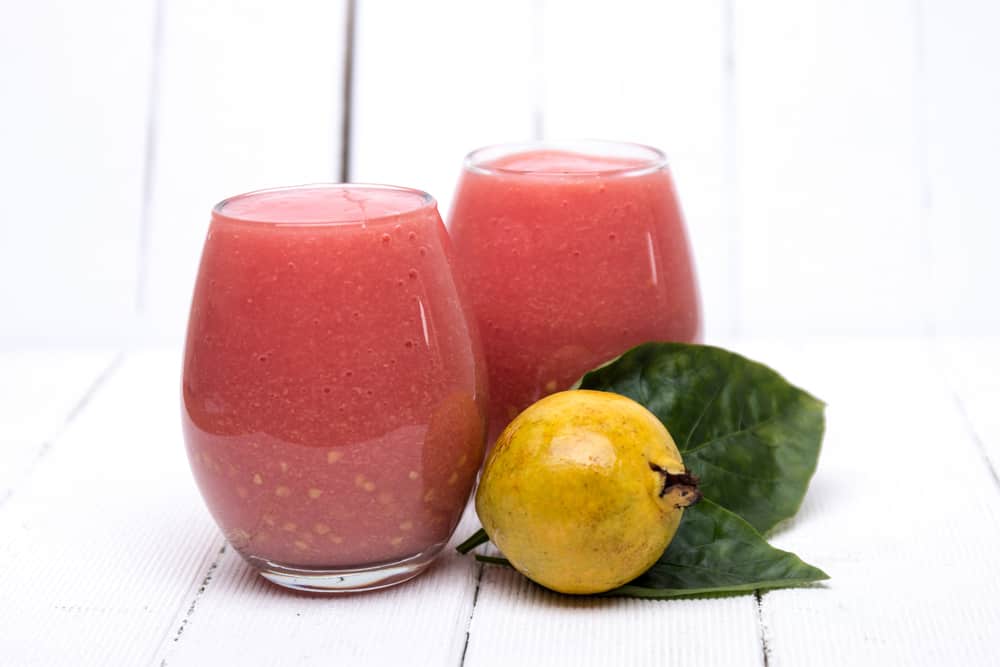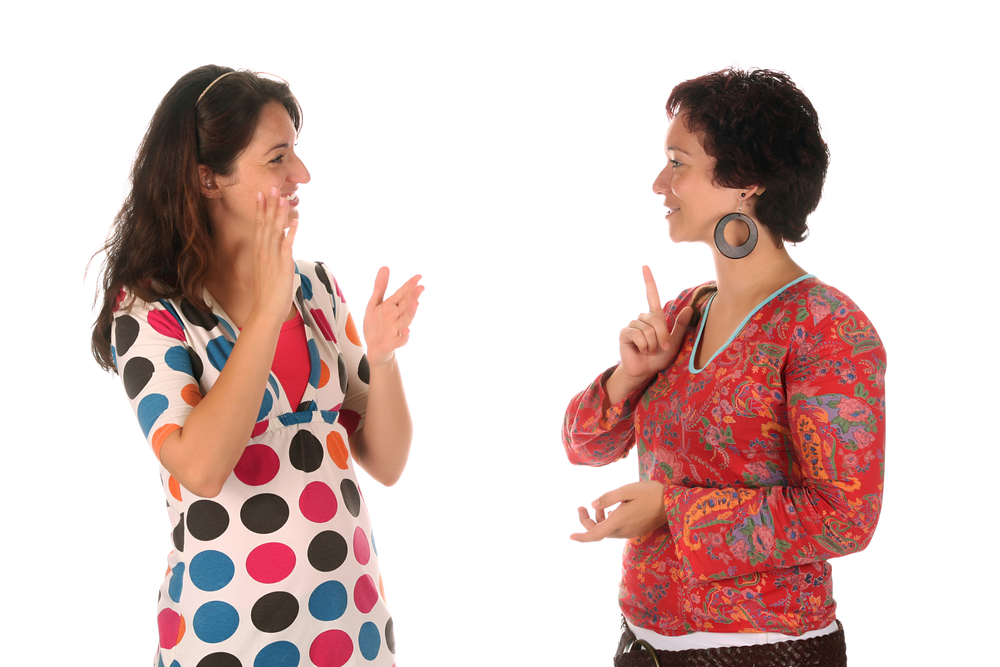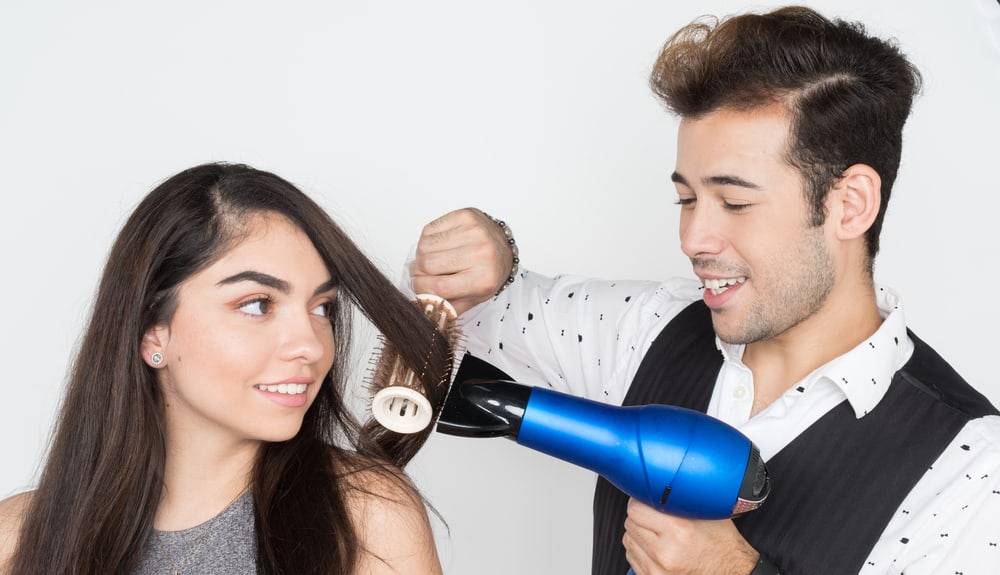Contents:
- Medical Video: What is Asthma? - The Children's Hospital of Philadelphia (2 of 4)
- What is the difference between asthma in children and adults?
- How do you know if my child has asthma symptoms?
- What factors increase the risk of a child getting asthma?
- Since when do symptoms of asthma in children begin to be diagnosed?
- The goal of treating asthma in children
- How to treat asthma in children?
- 1. Design an asthma treatment plan with your doctor
- 2. Using a spirometer
- 3. Prescription drugs
- 4. Inhaled medication
- 5. Use a breathing apparatus
- Which asthma treatment is most effective for children?
- Are there any side effects from the treatment of asthma in children?
- How do you control the symptoms of asthma without drugs?
Medical Video: What is Asthma? - The Children's Hospital of Philadelphia (2 of 4)
Asthma can affect people of all ages, but most often starts in childhood. Relapsing asthma can interfere with sleep, play and other children's activities. Asthma cannot be cured, but you and your child can reduce symptoms by following a number of asthma treatment plan. Find out all information about asthma in children below.
What is the difference between asthma in children and adults?
Asthma in children and adults is the same disease. Both children and adults both have similar symptoms and treatment. However, children who have asthma face different problems than adults.
Symptoms of asthma in children may be similar to the symptoms of other respiratory diseases. This makes many parents do not realize that their child has asthma. Improper treatment makes the symptoms of asthma worse and can affect the overall health of your baby.
In addition, children with asthma also tend to have irregular symptoms. Sometimes allergens can trigger asthma attacks, and sometimes they don't. While in adults the symptoms are usually more consistent, so they need daily treatment to control the symptoms and attacks of asthma.
How do you know if my child has asthma symptoms?
Not all children have the same symptoms of asthma because the symptoms of this disease can vary from time to time in the same child. Even so, some of the most common signs and symptoms of asthma in children are:
- Chronic cough that doesn't heal, usually happens when playing, laughing, crying, and even at night
- Often complaining of tightness or sore chest
- Sounds like small whistles or wheezing when exhaling (wheezing)
- Shortness of breath or difficulty breathing
Signs and symptoms of asthma in other children include:
- It's often difficult to sleep at night because of shortness of breath, coughing, or wheezing.
- A worsening cough or wheezing attack is accompanied by a respiratory infection, such as a cold or flu.
- Difficulty breathing so that it inhibits their activities to play or exercise.
- Often looks tired because of lack of sleep.
What factors increase the risk of a child getting asthma?
Although the cause of this disease is not certain yet, there are many triggers and risk factors that make a child susceptible to asthma. These risk factors include:
- Have respiratory infections, such as pneumonia, bronchitis, and so on.
- Have certain atopic allergies, such as food allergies or eczema.
- Low birth weight.
- Premature birth.
- You or your partner smokes. This can make a baby four times more at risk of asthma, compared to babies who are free from air smoke in their homes.
- You or your partner has asthma, or other allergic conditions, such as eczema.
Since when do symptoms of asthma in children begin to be diagnosed?
The diagnosis of asthma in children may be a little difficult, because:
- Asthma symptoms such as wheezing and coughing are very common in children, especially in children under 3 years
- Pulmonary function tests with spirometry usually work optimally in children aged 5 years and over
So in many cases, new doctors can diagnose asthma in children when they are 5 years and above.
In children under 5 years, the doctor will depend on the information you provide regarding the symptoms that your child is experiencing. That's why parents are key in helping doctors understand the signs and symptoms of asthma in children. The doctor may use a wait and watch approach. Sometimes the diagnosis can take months or even years. This is because the long-term effects of asthma medication in infants and young children are not clear.
It is important to immediately consult a doctor when you suspect they have asthma symptoms. Early diagnosis and appropriate treatment can prevent various disorders of daily activities such as sleep, play, sports and school. Not only that, it can also prevent dangerous or life-threatening asthma attacks in the future.
The goal of treating asthma in children
Asthma in children must always be treated under the supervision of a doctor. The goals of treatment are to:
- Reduces symptoms and prevents recurrence of asthma attacks
- Determine an "action plan" for asthma symptoms to reduce emergency medical treatment
- Allows children to grow and develop according to their age
- Controlling symptoms of asthma in children by reducing the use of certain drugs to reduce the risk of side effects later on
- Ensuring regular school attendance
- Reducing the risk of commuting to the emergency department
How to treat asthma in children?
Here are some ways you can do to treat asthma in children.
1. Design an asthma treatment plan with your doctor
Asthma treatment is not only unilaterally decided by a doctor. You as a parent also have to join in designing treatment. This is done to get effective and maximum treatment results.
Your doctor will help you write an asthma treatment plan for you to read and understand at home. The plan for treating asthma includes various medicines that must be consumed by the child, when and how to take medication, and other instructions given by the pediatrician to keep the baby's condition in shape. A treatment plan can also help you to know when asthma symptoms in children usually worsen and how to deal with them.
2. Using a spirometer
If your child's asthma appears to be triggered by severe allergies, your pediatrician may refer you to a child allergist or lung specialist. Assessment of a child's lung function may include the use of a device called a spirometer. Spirometer is a tool used to measure the amount of air that can be exhaled from the lungs. Unfortunately this tool can only be used on children over the age of 5 years.
3. Prescription drugs
Prescription drugs for children will depend on the nature of asthma they have. There are two main types of asthma medications. The first type opens the respiratory tract and relaxes the tightened muscles. Drugs that relieve quickly or "savior" are called bronchodilators. While the second type is drug control or maintenance, which is useful for treating inflammation of the airways (swelling and production of mucus). Usually using suction corticosteroids (inhalers).
Drugs that relieve quickly or rescuers are intended for short-term use. If the child has an asthma attack, with coughing and / or wheezing, a rescue medication must be given. By opening the narrowed airway, this rescue drug can relieve tightness in the chest and reduce wheezing and shortness of breath.
Short-acting inhalation of beta2-agonists (albuterol, pirbuterol, levalbuterol or bitolterol) is a type of bronchodilator drug choice. Other drugs are ipratropium (anticholinergic), prednisone, prednisolone (oral steroids). This drug is prescribed based on need. Some children continue to breathe sighs even though they have been treated, but as long as the child wants to eat, this may not be a problem.
If the asthma attack gets worse, the doctor may give additional medication - such as oral corticosteroids. It is important to realize that if there is no progress or change after giving rescue medication, immediately consult a doctor.
4. Inhaled medication
Rescue drugs may be given with inhaled drugs that are driven by HFA (HFA = hydrofluoroalkanes) - also known as puffer—Or with nebulizer.Most people who suffer from asthma should take long-term control medication every day to help prevent symptoms. Long-term medicines effectively reduce airway inflammation, and help prevent symptoms. These drugs include inhaled corticosteroids, cromolyn, Omalizumab (anti-IgE).
In infants and young children, inhaled corticosteroids may be given through nebulizer with a face mask or through suckers. Suckers need a plastic hose (spacer) or a chamber that stores volume, so that the drug can reach a small area right in the lungs. Without spacer, most drugs will return to the throat and be swallowed.
Babies and young children usually use masks (small or medium sized), which are placed on the face. Make sure the mask seal is properly installed when the child takes a few breaths. Spacer it can also be a mouth protector for children over the age of 5 years. Children are required to breathe in and hold their breath slowly for 10 seconds.
Usually two gusts are given for 1 minute apart. In each puff, the child must take 6 breaths, which can repeat every 4-6 hours or according to the doctor's direction. After using steroid suction, it is important for the child to clean and spit or brush his teeth.
If your child has severe asthma, you may need to use oral or liquid corticosteroids for the short term to keep your asthma under control. Consult a doctor for more information.
In general, long-term control drugs are for someone who has:
- Asthma attacks more than twice a week
- Often wake up because of an asthma attack more than twice a month
- Requires more than two sets of oral steroid medications in a year
- Have been hospitalized for asthma symptoms
5. Use a breathing apparatus
Inhaled asthma medications require the help of a special tool to convert a liquid drug into steam so that it can be absorbed directly into the lungs. The most commonly used breathing apparatus for people with asthma is inhaler and nebulizer. I don `t know inhaler or nebulizerboth act together to control symptoms and relieve recurrent asthma attacks.
In children, the breathing apparatus that is often used is a nebulizer. This is because compared to inhalers, the steam produced by the nebulizer is very small, so the drug will absorb more quickly into the targeted part of the lungs.
Nebulizer there are many types, but generally the way to use nebulizer is as follows:
- Wash hands with soap under running water to prevent germs from entering the lungs through the hands that touch the nebulizer.
- Prepare the medicine to be used. If the medicine has been mixed, pour it directly into the medicine container nebulizer. If not, enter one by one using a pipette or syringe.
- Add saline fluid if needed and prescribe the doctor.
- Connect the medicine container to the machine and also the mask to the top of the container.
- Attach the mask to the face to cover the nose and mouth. Make sure the edges of the mask are well sealed with the face, so that no medicinal vapors escape from the sides of the mask. Medicines that come out of the side of the mask never reach the lungs.
- Turn on the engine then inhale with your nose and slowly remove it through your mouth.
- You can end it when there is no more steam coming out. This is a sign that the drug is up.
How to use nebulizer generally takes approximately 15-20 minutes. Although it takes a long time, but the use of nebulizer as a breathing aid in children with asthma is considered more effective.
It is recommended to give the drug when the child is not fussy or crying, because shortness of breath and whining can reduce the amount of drugs that can reach the lungs. This may not always be the case. But over time most children have begun to be fluent in receiving medicines from nebulizer.
Which asthma treatment is most effective for children?
Although all techniques are equally effective, children may be more cooperative with one technique than another. Rescue drugs may seem more effective through nebulizer, but the written dosage of albuterol is generally greater than the two gusts that are sent by suckers (inhaler) Because asthma can be a complicated disease and may be different in each person, the doctor will determine the treatment according to the child's condition.
If the child's symptoms appear intermittently, the pediatrician may only give a bronchodilator for coughing or episodic wheezing. If you have chronic or recurrent asthma, your doctor will usually prescribe a control drug for regular use. This drug generally takes two weeks to fully effect.
Anti-inflammatory drugs - most commonly inhaled costicosteroids - are recommended for all children with asthma who have prolonged symptoms. This drug is very effective and safe but must be used regularly. This drug often fails because it is not used consistently. Because it doesn't have a fast effect, children are often tempted to stop using it. However, stopping it will leave the child's airways unprotected, and he may experience an asthma attack.
A relatively new class of control drugs called leukotriene receptor antagonists. This drug blocks the chemical activity (leukotriene) associated with inflammation of the airways. Generally this drug is available in oral forms, such as pills. granule powder, and chewable tablets. Although not as effective as inhaled costicosteroids in preventing asthma attacks, this drug may be an option for mild prolonged symptoms or in addition to suction corticosteroids.
The choice of this drug is only considered if the use of suction corticosteroids cannot control asthma symptoms. In addition, this drug cannot be given monotherapy, it must be combined with suction corticosteroids.
It is important to remember that these drugs must be given daily to prevent attacks. Another way for children to receive certain drugs is through dry powder suckers, which release drugs without propellant. Children must rely on their own breathing to take medication and put it in the lungs. As a result, these drugs are generally not prescribed until the child reaches school age (at least 5-6 years).
Are there any side effects from the treatment of asthma in children?
Make sure to give the drug according to the doctor's instructions. Do not stop using the drug too quickly, reduce administration from the recommended, or switch to drugs or other treatments without first discussing changes with the doctor.
In some children, some drugs may be given at the same time to control asthma, and then the amount of the drug will be reduced if asthma symptoms are controlled. If you don't understand why certain treatments have been suggested, or how they should be given, ask for an explanation.
In some cases, asthma in children does not make the slightest progress even when they use drugs. If this happens, more asthma medications may be needed, this is because they may not have asthma, or other medical conditions may interfere with their treatment. The pediatrician will examine the child and problems that worsen his asthma, such as allergic rhinitis, sinus infections, and stomach acid (GERD).
How do you control the symptoms of asthma without drugs?
You can also do some lifestyle changes to control asthma symptoms in children. One of them is avoiding triggers of asthma and allergies.
There are many things that can trigger asthma. So it's important for you to know what specific things can trigger your asthma to recur in order to avoid it.
Various asthma triggers in children may include:
- Inhalant allergens, such as dust mites; stinging perfumes and fragrances; air pollution from vehicle exhaust fumes / factory waste chemical fumes / cigarette smoke; animal fur; flower pollen; tree wood powder; and others.
- Upper respiratory tract infections (such as colds, flu, or pneumonia).
- Food allergy.
- Sports or physical activity that is too heavy.
- Side effects of certain drugs, such as NSAIDs (aspirin and ibuprofen) and beta-blockers for heart disease.
- Cold and dry windy weather, hot weather supported by poor air quality (full of pollution), and drastic temperature changes.
- Foods or drinks that contain preservatives (such as MSG).
- Excessive stress and anxiety.
- Singing, laughing, or crying too much.


